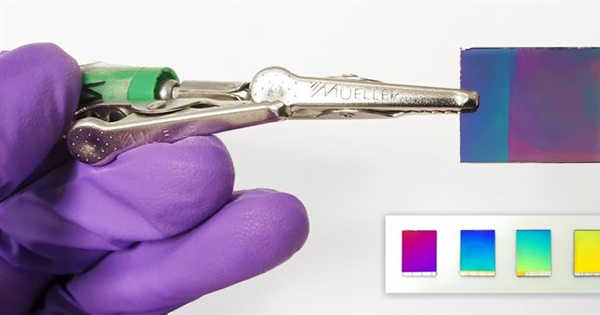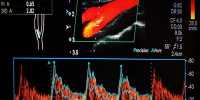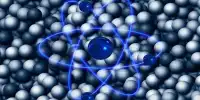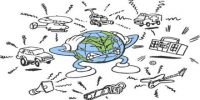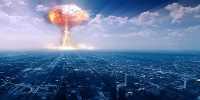Imagine sitting outside in the sun, reading on a digital screen as thin as paper, but with the same image quality as if you were inside. It may soon become a reality, thanks to research from Chalmers University of Technology in Sweden. A new type of reflective screen sometimes referred to as ‘electronic paper,’ provides optimal color display while utilizing ambient light to reduce energy consumption.
Back light illuminates the text or images displayed on traditional digital screens. This is fine indoors, but we’ve all had trouble viewing such screens in bright sunlight. Reflective screens, on the other hand, attempt to use ambient light by mimicking how our eyes respond to the natural paper.
“For reflective screens to compete with the energy-intensive digital screens we use today, images and colors must be reproduced with the same high quality; that will be the real breakthrough; our research now shows how the technology can be optimized, making it appealing for commercial use,” says Marika Gugole, Doctoral Student at the Chalmers University of Technology.
A new type of reflective screen – sometimes described as ‘electronic paper’ – offers optimal color display, while using ambient light to keep energy consumption to a minimum.
Tablets and e-readers have brought a vast world of knowledge and entertainment to our fingertips, leaving many of us glued to our screens for work, education, fun, or relaxation. One consequence is the amount of energy required to power all those LED screens, and another is the strain on our eyes from staring at a brightly lit screen for an extended period of time. When traditional digital screens are exposed to sunlight, they become hazy.
A group of Chalmers University of Technology researchers recently gave a boost to “electronic paper” technology, which solves some of these problems by allowing thin reflective screens to display more brilliant colors than ever before. The researchers had previously succeeded in developing an ultra-thin, flexible material that can reproduce all of the colors that an LED screen can display while consuming only a tenth of the energy that a standard tablet does.
However, in the previous design, the colors on the reflective screen did not display properly. The new study, published in the journal Nano Letters, expands on the material. They tried a new tactic, inverting the design to allow the colors to appear much more accurately on the screen, using a previously researched porous and nanostructured material containing tungsten trioxide, gold, and platinum.
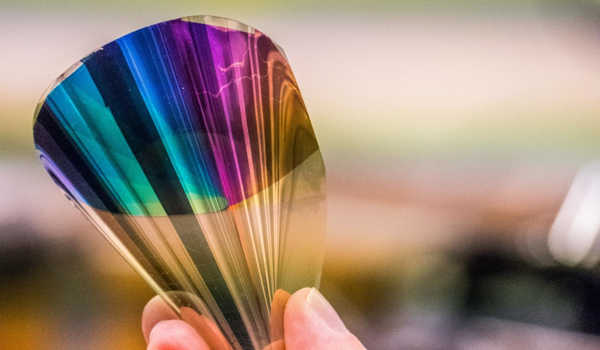
Inverting the design for top quality colour
The design’s inversion is a significant step forward. They positioned the component that makes the material electrically conductive beneath the pixelated nanostructure that reproduces the colors, rather than above it, as was previously the case. With this new design, you can look directly at the pixelated surface, allowing you to see the colors much more clearly.
Reflective screens offer additional benefits in addition to low energy consumption. They are, for example, much less tiring for the eyes than looking at a regular screen.
Certain rare metals, such as gold and platinum, are required to make these reflective screens, but the amounts required are very small due to the final product’s thinness. The researchers are optimistic that it will be possible to significantly reduce the quantities required for production in the future.
“Our main goal when developing these reflective screens, or ‘electronic paper,’ as it is sometimes called, is to find sustainable, energy-saving solutions, and in this case, energy consumption is almost zero because we simply use ambient light,” explains research leader Andreas Dahlin, Professor at Chalmers’ Department of Chemistry and Chemical Engineering.
Although the screens require rare metals such as gold and platinum, the final products are so thin that the amount of metal required is negligible. The researchers hope to improve the design even further so that it requires even less metal, and they envision their technology being used in everything from phones, tablets, and e-readers to outdoor advertising screens.
Flexible with a wide range of uses
Reflective screens are already available in some tablets today, but they only display black and white well, limiting their application.
“A large industrial player with the right technical competence could, in theory, start developing a product with the new technology within a couple of months,” Andreas Dahlin says, predicting a number of additional applications. It could be useful for outdoor advertising in addition to smart phones and tablets, saving energy and resources when compared to both printed posters and moving digital screens.
